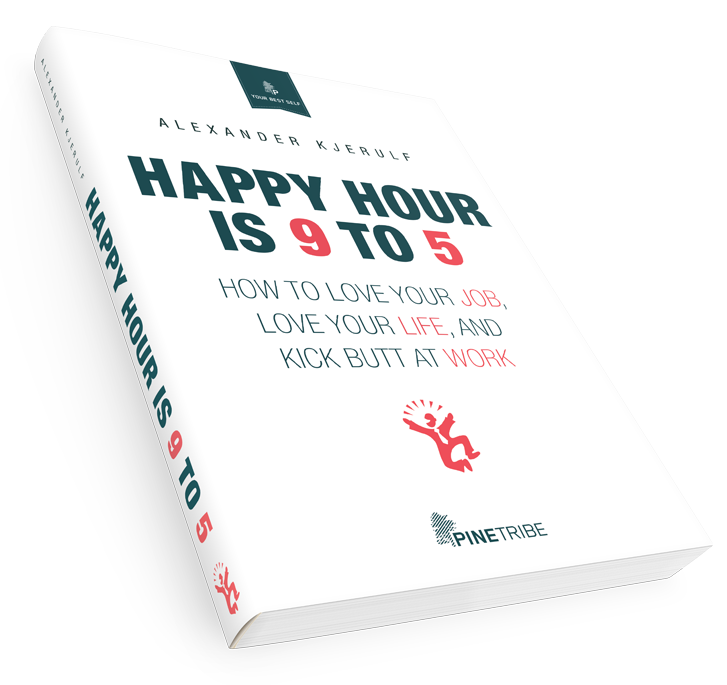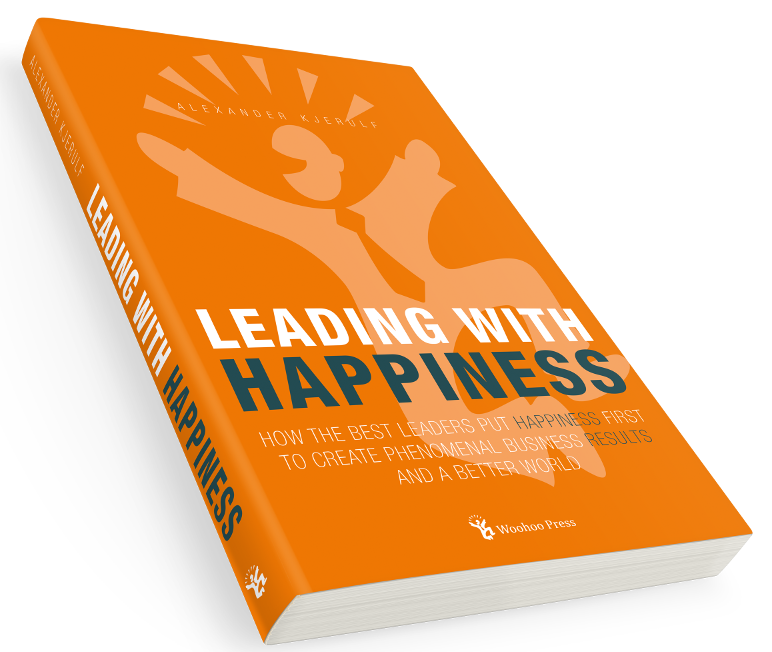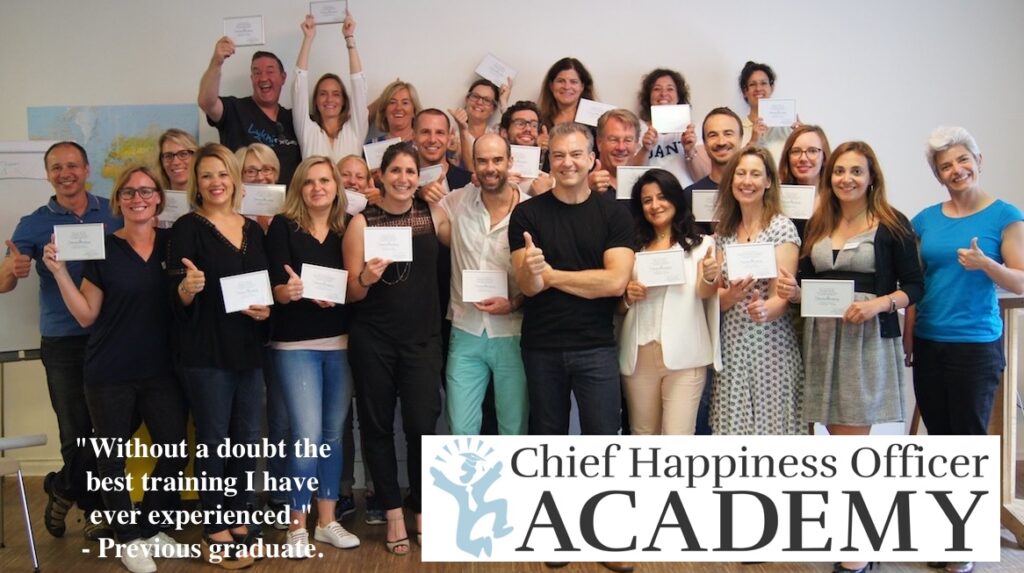I just hosted a session at the chaordic conference here in Aarhus. I talked about the practice of chaordic organizations, based on my experiences from Enterprise Systems, Arena and the happy at work project. I set myself the challenge of doing the presentation based solely upon practices – what is it that we do (or did) in these chaordic organizations. No values, no principles, no beliefs – just hardcore actual practices that will help a chaordic organization emerge. Not that these are the only practices that will support chaordism (chaordicity?), they’re what’s worked for me. This also gave me a chance to think about what the practices are, and here’s what I came up with:
Open space meetings
This is the backbone of the organization. Regular meetings which are open to the whole organizaton, This is where big decisions get made, and where responsibility gets delegated.
Workgroups
This is where the actual work gets done. Each workgroup is defined at the open space meeting, and then goes and does the work. A workgroup may have a budget and a charter, and as long as they stay within that, they don’t need to ask permission – they can do what they want. If they need to exceed what was decided at the ope space meeting, they must ask for permission to do so at the nect open space meeting. Workgroups are open to anyone who’d like to participate.
Wiki
Since decision making and work is distributed among meny people, it’s important to have a place to centralize information. We use a wiki site for this. If you don’t know what that is, you can read more about it here. Each ongoing project has a wiki-page with all the relevant information, and the names of the people working on it, so you can contact them if you have any questions.
Try it!
In a distributed organization, it’s very important to cultivate an attitude of “Try it!”, meaning that when decisions are made, you don’t need to analyze everything. Rather than planning for three months and then coming out with “the perfect plan”, you can outline some alternatives and then decide to try one. It may not work, but then you can try something else. No decisions are set in stone, if something doesn’t work, we’ll do it differently.
Yes, and…
Yes, and… is a very powerful method for meeting other people. It means saying Yes to new ideas and then adding your own input. It’s about not automatically saying no, which can otherwise be very tempting. You can read more about it here.
In my experience, these are the practices that have led to a chaordic organization. The big advantages of these organizations has been that they are:
Alive – people are enthusiastic and energetic
Efficient – Stuff gets done fast and well, because people work on the stuff they like
Dynamic – They can adapt to different situations
Fun – They’re great places to be!



Leave a Reply